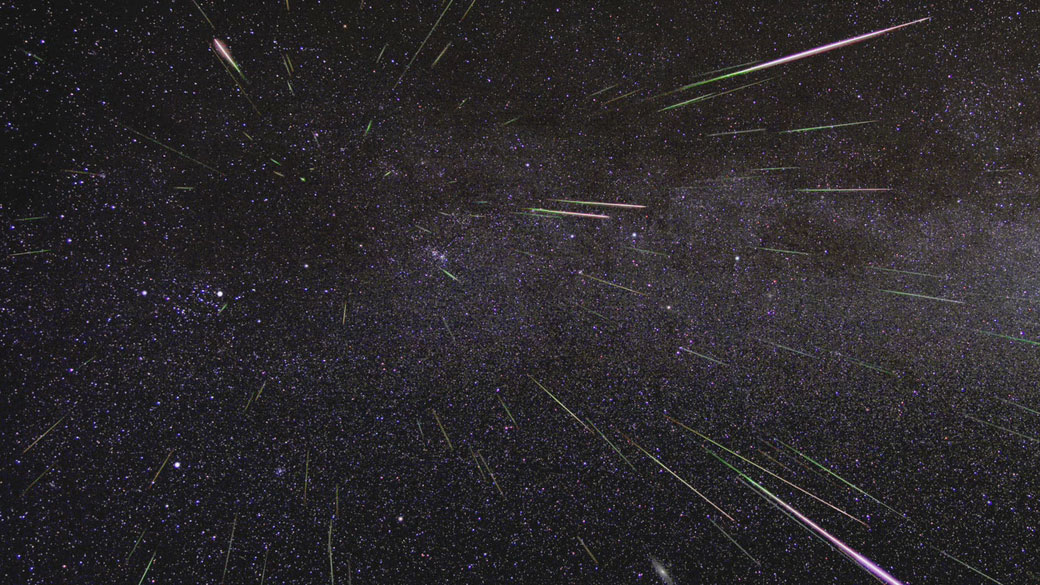TORONTO – It may be another 46 years until we get to see Halley’s Comet again, but over the next few nights you can see something it left behind — a meteor shower.

More accurately, it’s space debris left over from the comet as it made its orbit around the sun (it last made its way around the sun in 1986), giving us the Eta Aquarid meteor shower.
All meteor showers are a result of Earth passing through debris left over from comets (or in a few cases, asteroids). The debris — which can be tiny — burns up in our atmosphere. We see it as a bright streak across the sky — “shooting stars.”
READ MORE: 7 astronomical events you don’t want to miss in 2015
In the case of Halley’s Comet, we pass through that debris twice: once in April/May and then later in October/November. The fall meteor shower is called the Orionids.
Unfortunately, neither shower is particularly spectacular — nothing like August’s Perseid meteor shower, for example.
The Eta Aquarids are active from April 19 to May 26. However, the peak is on the night of May 5-7 this year.
In ideal conditions — as in dark, moonless skies — you can expect to see about 10-30 meteors an hour from the northern hemisphere.
However, this year’s conditions aren’t so ideal. The moon will be in the sky, though in the west while the radiant — or location from which the meteors will appear to be originating — will be in the east. Still, the moon will be about 95 per cent illuminated, so it’s likely that only the brightest of meteors will be seen, and this shower isn’t known for producing bright fireballs.
And if you want to see them, you’re going to have to get up early — as in 3 a.m. early on May 6.
But on the plus side, we’re at the start of meteor season. Sure, you can see meteors on any night, but with spring and summer, not only do we get a couple of good showers, we also get to sit outside and enjoy them without the fear of losing an appendage to frostbite.
If you’re not wont to wake up in the wee hours of the morning to catch this shower, you might give it a shot after 11 p.m or so. You still might catch a meteor or two, and it gives you an excuse to lie under the stars.



Comments